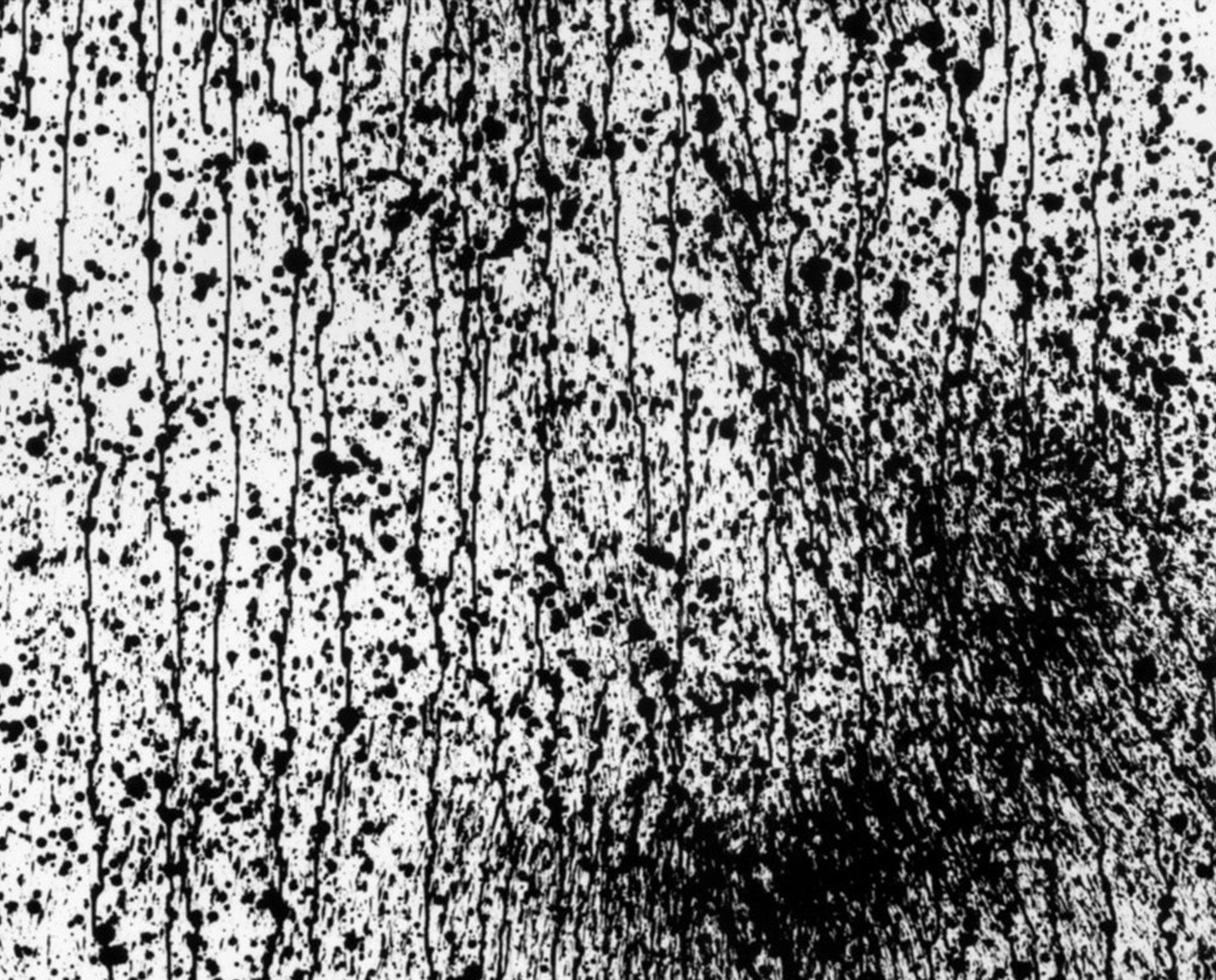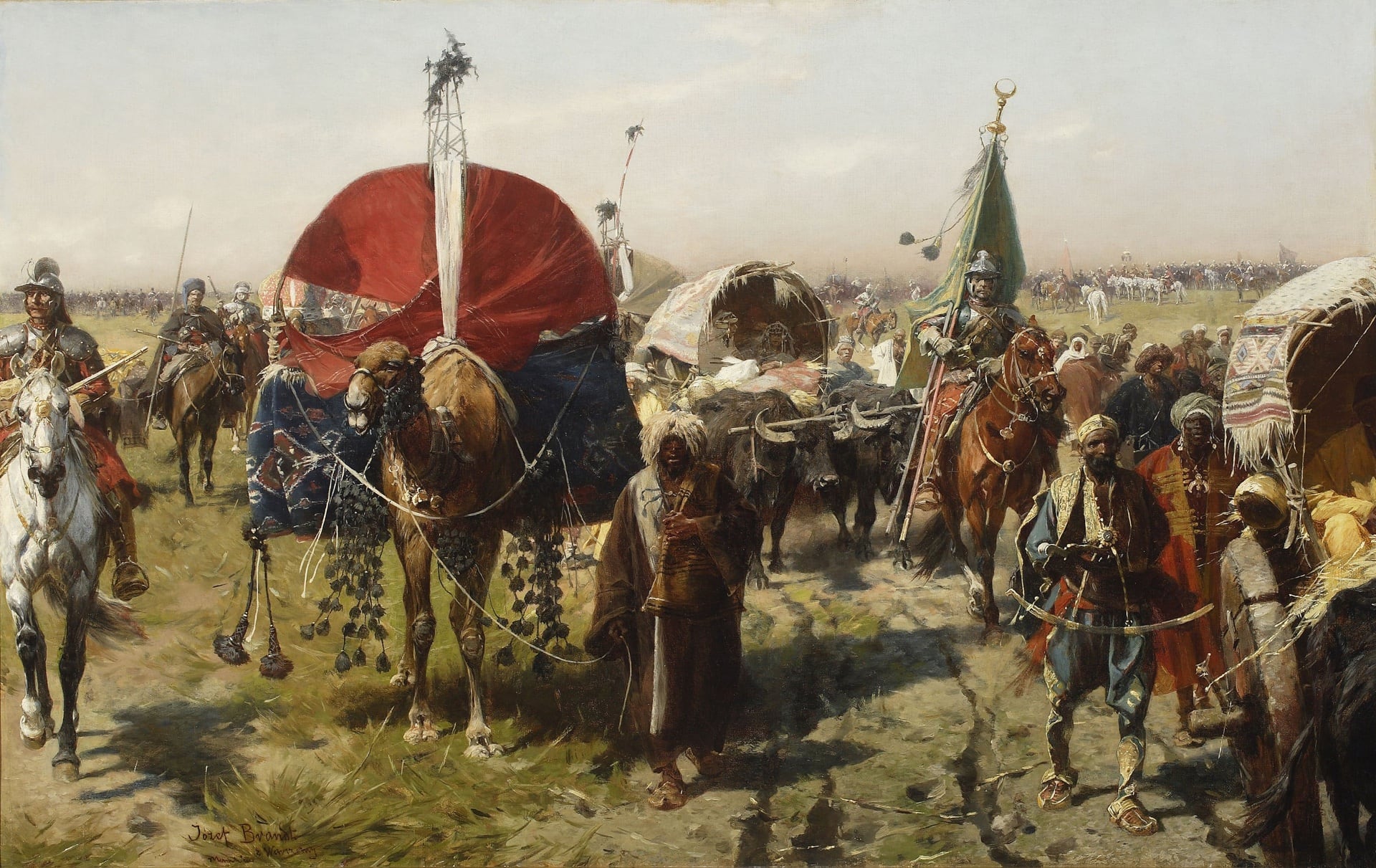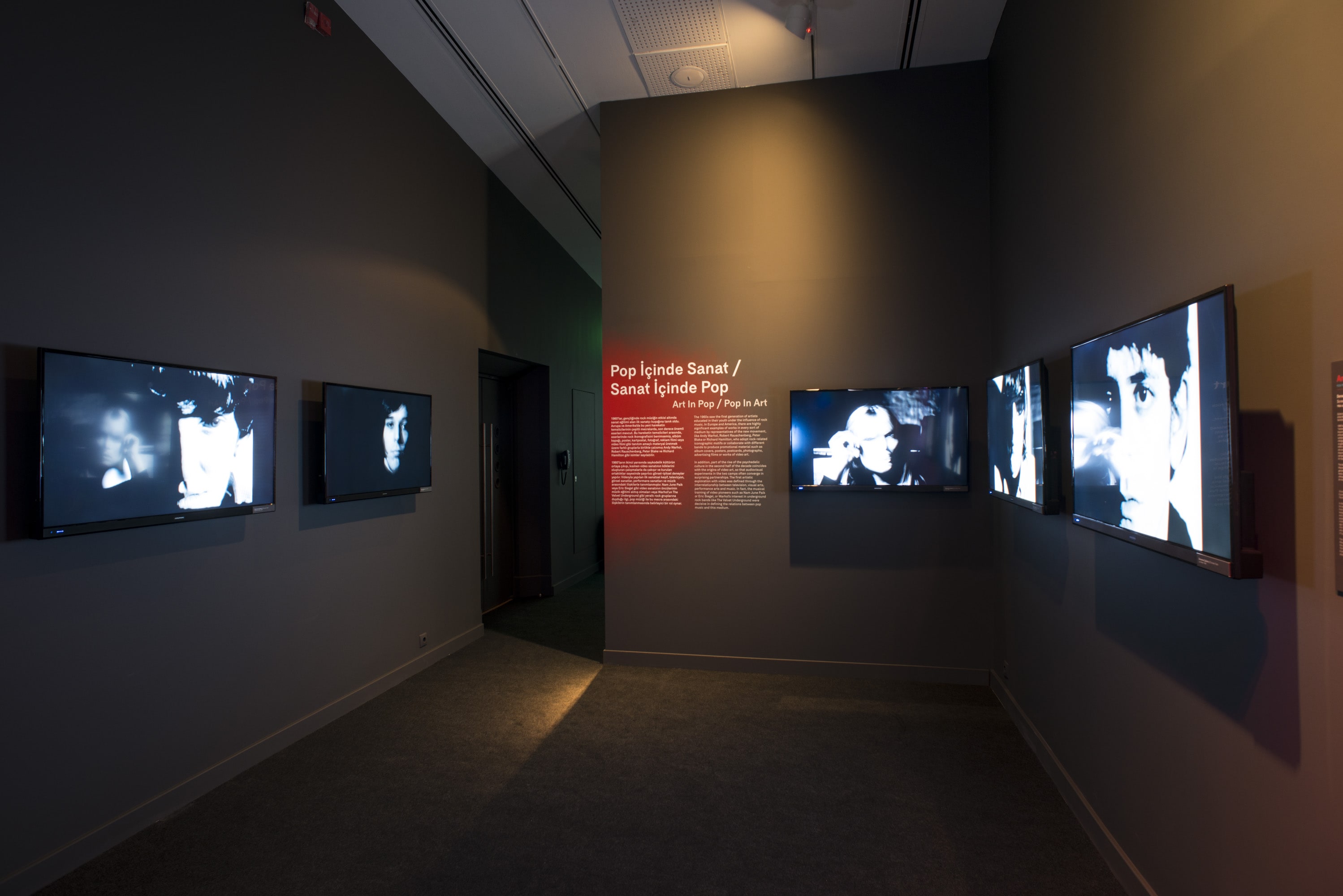Director: Kira Muratova
Cast: Sergey Makovetskiy, Leonid Kushnir, Zhan Daniel
Russia, Ukraine, 1997, 105’, color
Russian with Turkish subtitles
Three Stories was Muratova's most successful release since The Asthenic Syndrome, and also her most controversial. It consists of three short films linked by the common theme of murder. Their titles, "Heating Basement No. 6," "Ofelia," and "Death and the Maiden," are tongue-in-cheek references to high-culture classics and signal Muratova's challenges both to Tarantino's Pulp Fiction and to the didactic traditions of Russian literature and film. She gives us four cold-blooded murders: a throat-slitting, a strangulation, a drowning, and a poisoning, aestheticizing the violence to remind the audience this is cinema. Muratova reserves moral judgment, telling her stories in the mode of black comedy, but Russian film critics were bewildered by Muratova's distanced authorial stance. The film's unpunished crimes may be the revenge of a filmmaker who, throughout her career, was censored and censured for far less grievous offenses. - Jane Taubman.

Three people sleeping side by side. On the uncomfortable seats of the stuffy airplane in the air. Three friends. I’m the friend in the window seat. The other two are a couple, Emre and Melisa. I’m alone, they are together. And another difference. I’ve only closed my eyes. They are asleep.

Józef Brandt harboured a fascination for the history of 17th century Poland, and his favourite themes included ballistic scenes and genre scenes before and after the battle proper –all and sundry marches, returns, supply trains, billets and encampments, patrols, and similar motifs illustrating the drudgery of warfare outside of its culminating moments.

Between 1963 and 1966 Andy Warhol worked at making film portraits of all sorts of characters linked to New York art circles. Famous people and anonymous people were filmed by Andy Warhol’s 16 mm camera, for almost four minutes, without any instructions other than ‘to get in front of the camera’.
Tuesday - Saturday 10:00 - 19:00
Friday 10:00 - 22:00
Sunday 12:00 - 18:00
The museum is closed on Mondays.
On Wednesdays, the students can
visit the museum free of admission.
Full ticket: 300 TL
Discounted: 150 TL
Groups: 200 TL (minimum 10 people)